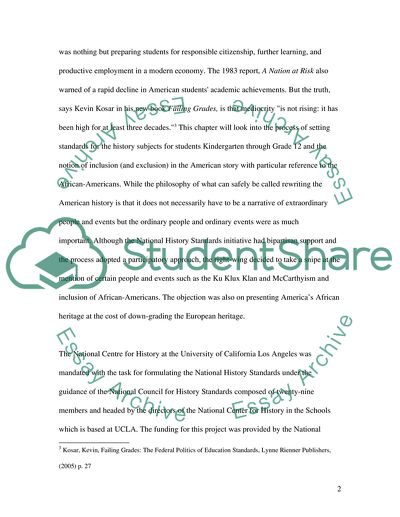Cite this document
(American History: Whose Past Is It Research Paper, n.d.)
American History: Whose Past Is It Research Paper. Retrieved from https://studentshare.org/education/1704876-american-history-whose-past-is-it-four-part-series
American History: Whose Past Is It Research Paper. Retrieved from https://studentshare.org/education/1704876-american-history-whose-past-is-it-four-part-series
(American History: Whose Past Is It Research Paper)
American History: Whose Past Is It Research Paper. https://studentshare.org/education/1704876-american-history-whose-past-is-it-four-part-series.
American History: Whose Past Is It Research Paper. https://studentshare.org/education/1704876-american-history-whose-past-is-it-four-part-series.
“American History: Whose Past Is It Research Paper”, n.d. https://studentshare.org/education/1704876-american-history-whose-past-is-it-four-part-series.


